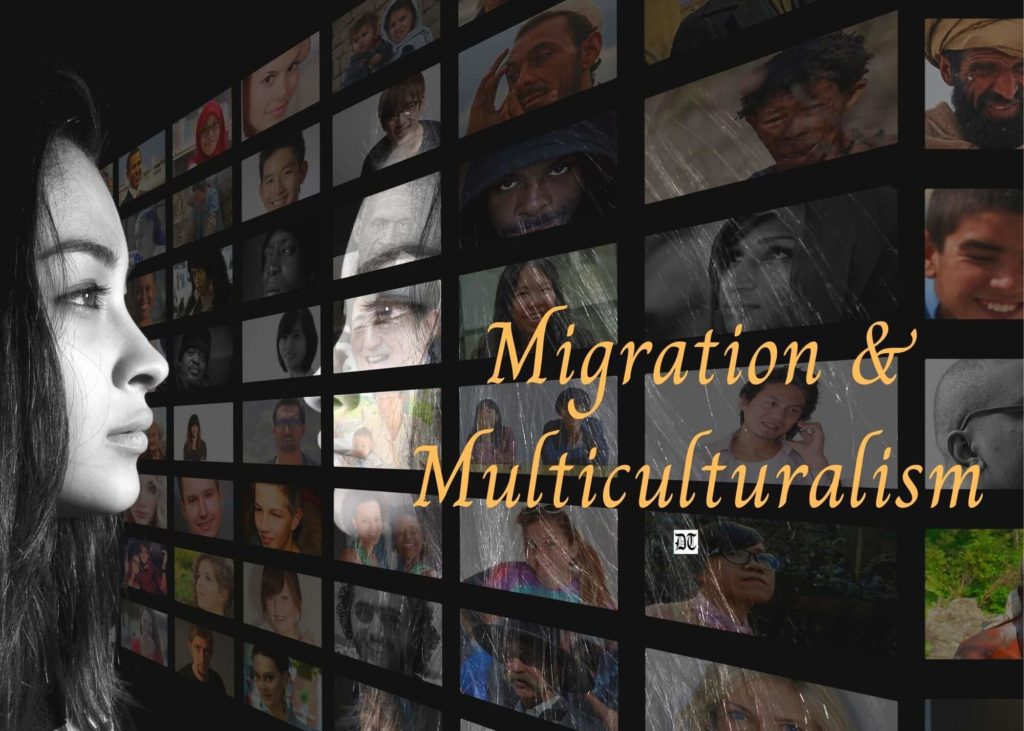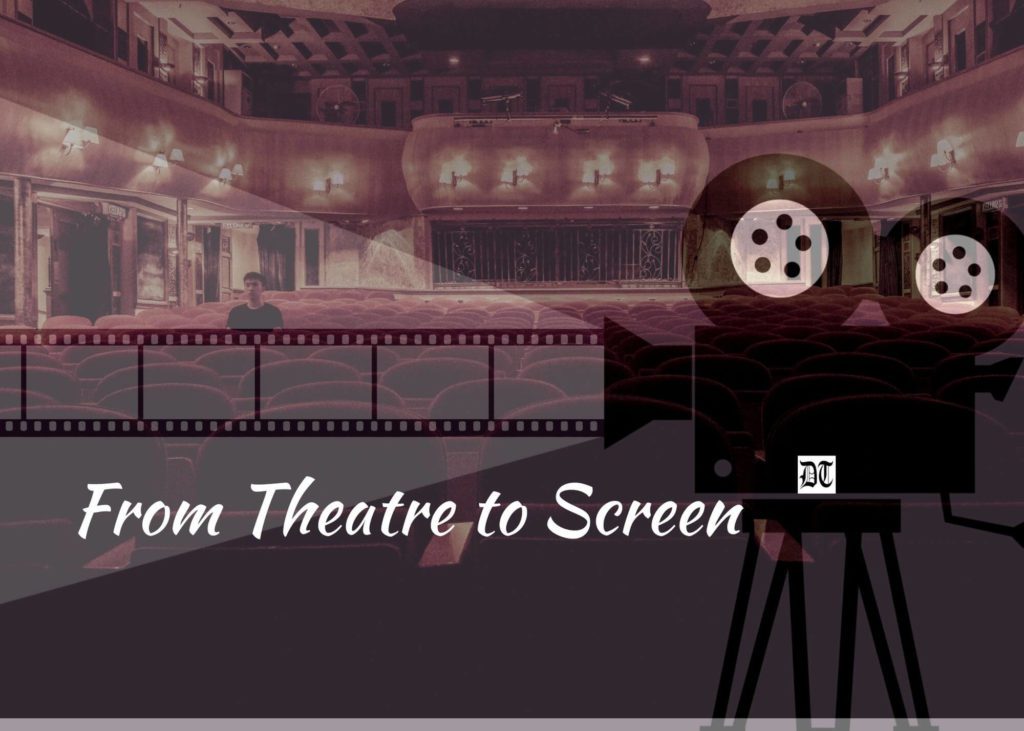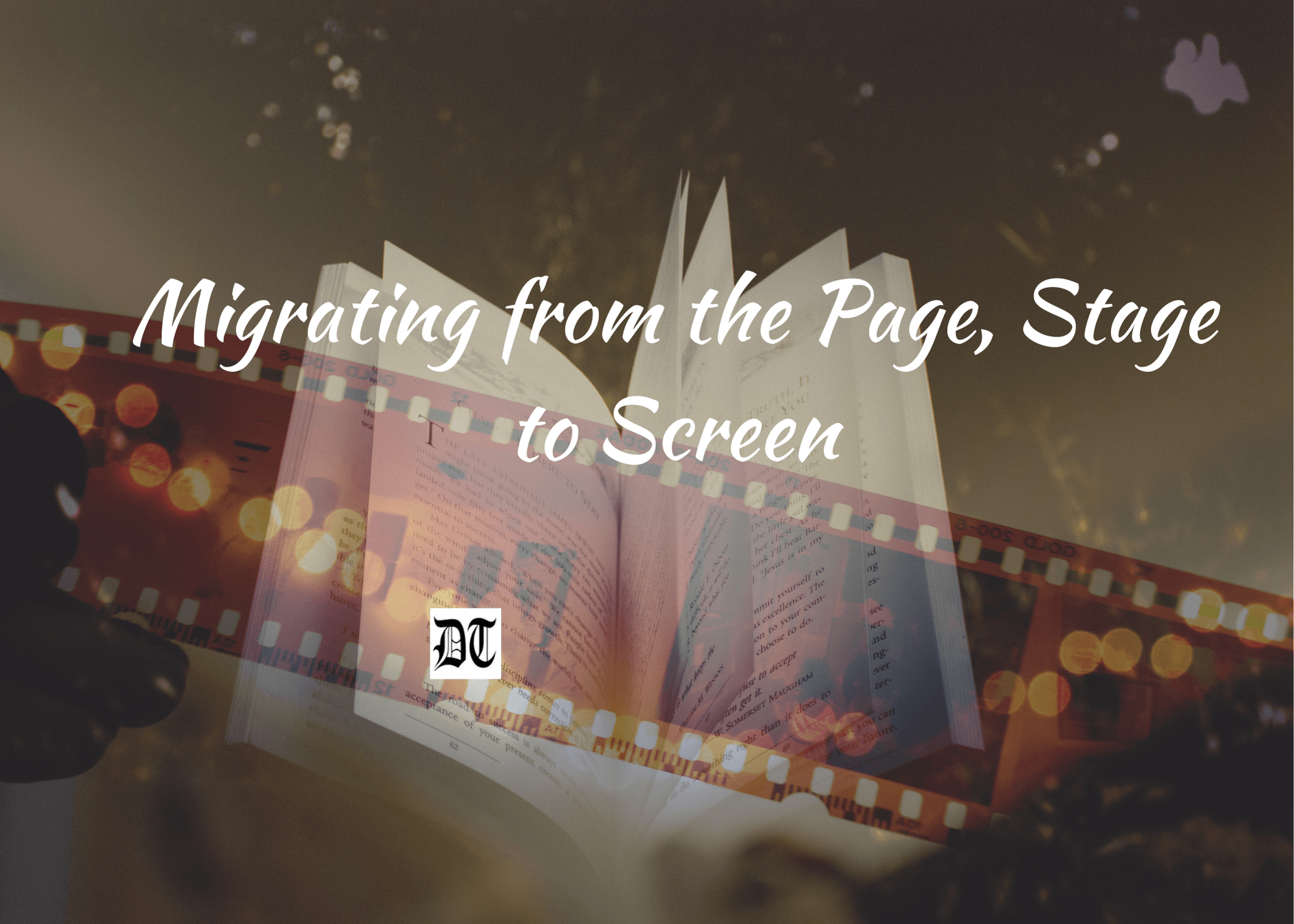Reading Time: 4 minutes
Migration is not restricted to people. A story migrates from a page to a stage to a screen. Ideas travel. The attempt is to redefine a common path, opines Dr. Deepanita. An exclusive for Different Truths.

Life is a stimulating story. We relive it through different mediums. One is through cinema and the other through books. Everyone admires the moving picture. Life is allied to it. Easy to comprehend. Pleasurable and gratifying. The actors on screen bring to life what the common man thinks.
Like cinema, books take us on an unknown journey. The journey of knowing the familiar and the common. We read, imagine, and discuss. The discussions give way to perform on stage.
The stage brings to life plots and characters. It helps people to understand stories narrated in books. The shift from books to screen is through the stage. This conversion is significant. This has opened new avenues of performing arts.
The stage brings to life plots and characters.
The techniques are different. But the objectives are common. Offering stories. Sharing information. Inspiring minds. Opinions are divided on admiring books and cinema. But this constant process of migrating through channels of storytelling is harmonious.
Bringing the plot to the screen is not new.
Readers, audience, and viewers are now on the same track. Offering gateways to ideas and performances. This collaboration has far-reaching results. Bringing the plot to the screen is not new. It has inspired the writers and directors to work together. Shifting strategies to find new ways of storytelling.
Stories Migrate to Visual Treat
Painting a fresh canvas of the world. It is interesting to see the plot of stories migrating to a visual treat. The scriptwriter, director, musicians, set designers, and theatre artists come together to showcase a story written by a single author.
The writer is not the owner of the story.
The writer is not the owner of the story. The writing and narration is for everyone. This has probably given birth to adaptations. It is the new location of interpretations and perspectives.
The conversion is path breaking. Reading the novels and watching the adaptations thereafter are fresh ways of appreciation. The plot of a novel has no restriction to people and their lives. Rather it establishes art, culture, and philosophies.
Art and culture are thus interwoven in words through stories.
Art and culture are thus interwoven in words through stories. It started with mythology. Migrating from reading religious scriptures to portraying religion on stage. From Greek, Roman to Indian mythology, performance on stage teaches the lessons of life. What began with mythology continues with new narrations and thoughts till today. A good story is essential.
Adaptation Redefine the Story
Adaptation solves the purpose for the filmmakers. Provides a chance to redefine the story. It gives ideas to modify the setting and develop fresh opportunities for understanding. This shift is welcoming and progressive. Bring into foray new dimensions of filmmaking.
Ramayana and Mahabharata are now no more mythologies. These are not mere stories. They personify life skills. They represent a new definition of research and exploration. Mythic fiction retells the mythology. It opens new doors of unknown, unattended strands of mythic characters and legends.
The approach of Draupadi in Chitra Banerjee Divakaruni’s The Palace of Illusions is one of the examples.
The approach of Draupadi in Chitra Banerjee Divakaruni’s The Palace of Illusions is one of the examples. Retelling the story of Mahabharata. Amish Tripathi’s Shiva Trilogy is another dive into rewriting the myth. This shift is existing, and it has developed a renewed interest in culture, history, and literature.
Since mythology deals with the past, theatre and cinema are not far away from its influence. It does not touch the grandeur, power, and mysticism. Along with the stage, films have portrayed the beliefs with equal charm.

From Theatre to Screen
Indian cinema and adaptations have deep connections. The tragic hero Devdas is an example of such adaptations. Written by Sarat Chandra Chatterjee, it continues to add diverse perspectives of presentation. From theatre to screen, the idea of a love torn hero keeps redefining the original novel.
Adaptation has done wonders with Jane Austen’s Pride and Prejudice with renewed plots and settings.
Adaptation has done wonders with Jane Austen’s Pride and Prejudice with renewed plots and settings. It has reached the audience through many plays and films. Its popularity among youngsters opens avenues to delve deeper into classics.
Mario Puzo’s The Godfather is yet another popular novel. Its adaptation is equally admired and appreciated. The switch from regional, national to international to the page, stage and screen find a common path to flourish storytelling saga.
Not Restricted to Pages
The interest in books is redefined with a new purpose. A goal is to add more to what is written. Literary, social, mythological, or artistic is now no longer restricted to pages. It migrates to new channels of display and critical appreciation.
We write and rewrite stories from the beginning of time.
Change is constant. Life opens opportunities to retell the known through the unknown. We write and rewrite stories from the beginning of time. It is a sign of the involvement of the reading public. It facilitates ideas.
It brings the contribution of the readers, viewers, and audience into action. They play a vital role in popularising, liking, and rejecting. Establishing common grounds for easy storytelling methods. Shifting and transforming the lines in the books to the sets of theatres and films. This venture into newfound life and a new shift of thoughts.
Visuals by Different Truths
















